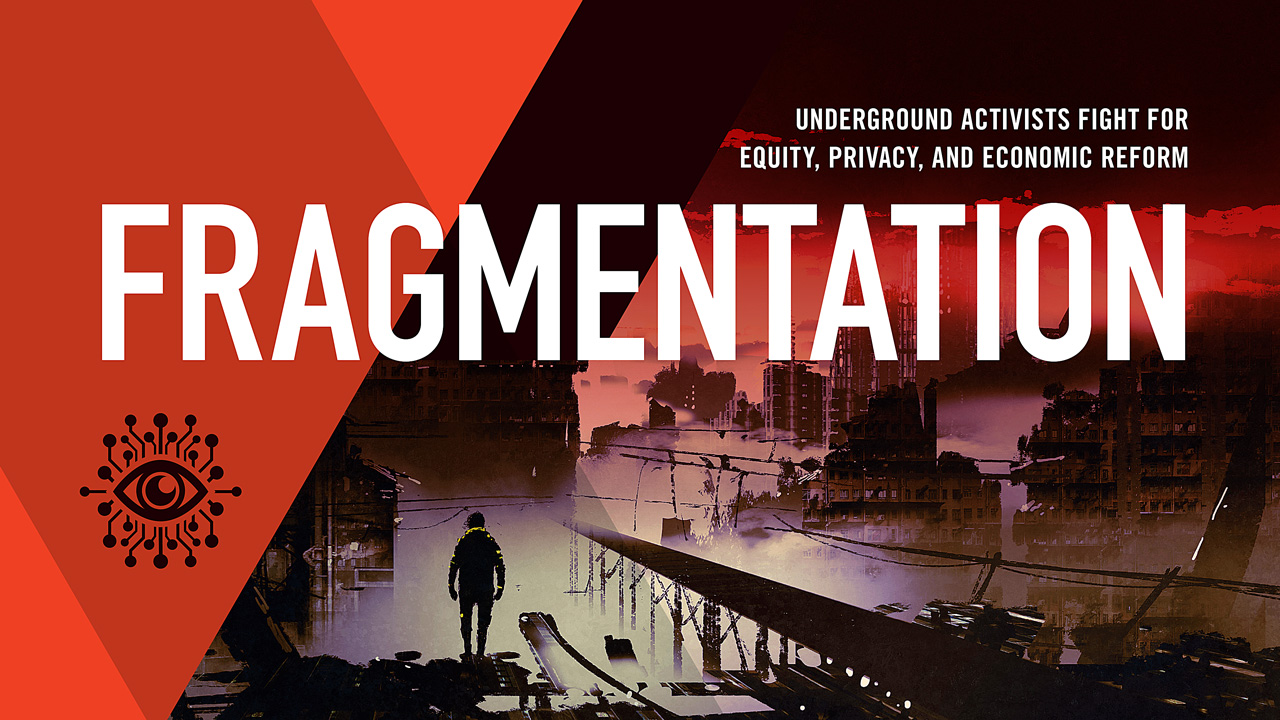
The second installment of TrendsWatch 2018’s scenarios of 2040 is now up on the web for discussion and comment! Fragmentation is woven from some of the anxieties shared by museum people when I asked, “What are your fears about the future?”
The first scenario, Our Bright Future, went to a collective museum happy place, where funding is abundant, government and business have collaborated to reduce inequality, and all children get a first rate education. (I wish.) While optimism may seem healthier than pessimism, it is actually useful to spend some time in the company of your middle-of-the-night anxieties about the world to come. Being just a bit of a pessimist can make you a better planner, able to anticipate and respond to potential disruptions. Besides, worrying eats a huge amount of mental and emotional energy. Thinking about how you would respond to dark events can help you lay those fears to rest and get on with day-to-day business.
Hence our second scenario, Fragmentation: Underground activists fight for equity, privacy, and economic reform. This story explores a version of 2040 in which the US populace has retreated into homogeneous digital and physical enclaves, the needs of an aging population go largely unmet, personal data fuels technological wealth, and privacy is a luxury good. The nation has calcified into three well defined cadres of wealth: the .1 percent, the 9.9 percent, and everybody else. Mega-philanthropists have taken on many traditional roles of government, and wield enormous influence in education, health, and public infrastructure. Public school classrooms typically hold a hundred students or more—affluent families hire private tutors or pay for private schools. Higher education is unraveling from the combined forces of rising student debt, scandals surrounding for-profit diploma mills, and the decoupling of degrees from a living wage
Dark enough for you? And all too firmly within the bounds of the Cone of Plausibility. Indeed, many of the plot points in Fragmentation read like today’s news, not tomorrow’s—all the more reason to account for them in your planning.
You may disagree about the plausibility of this scenario, or about my relegating some of these story lines to my dystopic fiction. The discussion guide at the end of each scenario invites you to grapple with the questions of what is likely, or desirable, and to work with your colleagues to arrive at a consensus version of bright and dark futures that can guide your planning. As you engage with this story—questioning the evidence, subbing in the things you worry about most— you will identify what you and your organization can do to create a future you want to live in.
And I encourage you to use this short story as a jumping off point for creative exploration of what museums could be doing to help heal this fragmented world. During yesterday’s tweet chat, @isaaablah commented “I want someone to write a novel set in this particular dystopic future in which the anarchist underground networks are training archivists + conservators.” Me too, @isaaablah, me too! And if anyone comes up with shorter fictions (similar to the content we featured in Museum 2040) please send them along as potential posts on the CFM Blog.
As you work your way through the discussion questions, I hope you will share your thoughts with me—below, in comments, or via Twitter tagging @futureofmuseums. I will be using your input to review the content, and revise as necessary, before we publish the compiled TrendsWatch 2018 report this November. Meanwhile, keep an eye on the report’s landing page, where the remaining two scenarios will be released in September and October.
Yours from the future,
Elizabeth
Elizabeth Merritt, Founding Director, Center for the Future of Museums and VP Strategic Foresight, American Alliance of Museums







